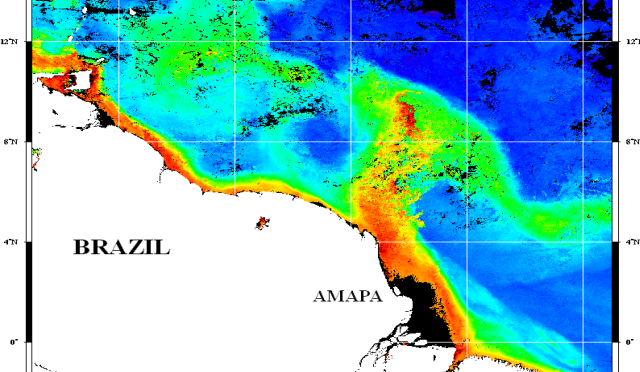Alluvial discharge from the Amazon River is the largest of all the world’s rivers bringing with it nutrients, suspended solids, and dissolved organic matter to the Western Tropical North Atlantic (WTNA) Ocean. As the fresh river water meets the sea, a 5-20 m thick plume develops that reaches more than 3000 km across the ocean and covers nearly 2 million km2. The gradient of environmental conditions that evolve as the plume meanders northwards and mixes with the waters of the WTNA Ocean strongly impacts phytoplankton communities of the Amazon River plume continuum. At the mouth of the river, phytoplankton are light limited because of the high concentrations of riverine suspended particles and CDOM which strongly absorbs short wavelength light. Further offshore, large blooms of diatom-diazotroph associations (DDAs) dominated providing significant inputs on nitrogen as well being responsible for a significant CO2 drawdown.Our findings show the following:

Diatoms are physiologically flexible and have efficient carbon concentrating mechanisms to grow in a wide range of pCO2.
Diatom-Diazotroph Associations (DDAs) seem to dominate waters with a narrow range of pCO2 values of 350-400 ppm.
The Diazotroph Trichodesmium spp. grows in a wide range of pCO2 conditions, but higher counts were found at higher pCO2, upwards of 500 ppm.
